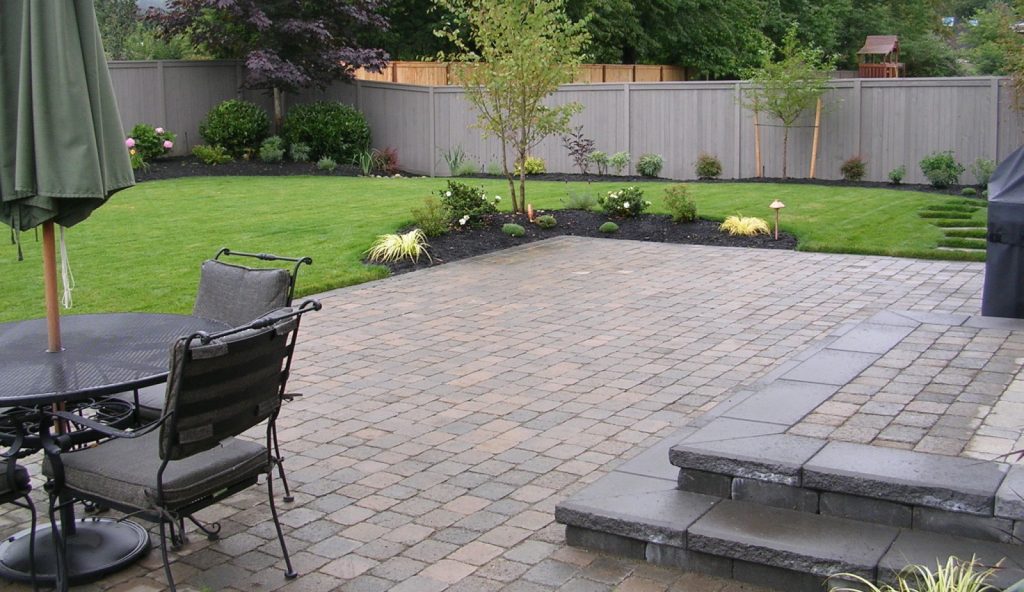The rustic look of a gravel driveway finds a bit more resilient and stable form in the chipseal construction method. There are several advantages.
The gravel driveway look is popular in some circles, as it somewhat softens the landscape and connotes a rustic feeling that in some ways is more sophisticated than asphalt or concrete. While a true gravel driveway is relatively easy and typically less expensive to install – a version of “reverse chic” – an alternative is the slightly more expensive version known as a chipseal treatment. Chipseal driveways – as well as walkways – have steadily increased in popularity.
What is chipseal? Essentially it is composed of small loose stones (the “chips”) that are applied over a hot liquid asphalt that is applied first over a (larger stone) gravel base. The top layer of stones might be selected for color, which provides landscape designers further creative range.
This is a choice that departments of transportation as well as homeowners have for driveways, parking areas and roads. It’s more commonly used for long driveways and long country roads because chipseal paving because of its cost advantage, both to install and to maintain. Gravel is less expensive, pavers are far more expensive, but all have their pros and cons. Some of those factors vary by regional climatic conditions, however; for example, snow removal from a chipseal driveway or road is a little trickier than with hard pavement.
To weigh the pros and cons of chipseal installation cost, durability and maintenance, consider the following:
Cost of installation – This varies by market, but at the low end gravel is usually equivalent to or cheaper than chipseal, while other options (asphalt, concrete and pavers) can be four to ten times more expensive. But the cost of installation should be considered against the costs (amount and frequency) of maintenance over time; in this regard chipseal pavement is usually the winner.
Durability – Two things can have the biggest negative impact on chipseal pavement: tire grinding and snowplows. Tire grinding is when a vehicle turns its front tires while standing in place, which is akin to drilling a hole. This might happen on tight turns – for example, where a driveway meets a road – or just from unnecessary bad driver habits. With snow removal, setting a blade high enough not to scrape the soft surface of the chipseal pavement is one preservation method but in driveway applications a manually operated snow blower or shoveling is preferred. This same set of problems exists with gravel, while asphalt, concrete and pavers are more resilient in these conditions.
Maintenance – The great part of a chipseal driveway or road is that repairs are easy and inexpensive. Potholes form in asphalt, cracked concrete is a nightmare, pavers sometimes need replacements and gravel can erode from heavy precipitation.
A final note: Some municipalities require permits when a chipseal driveway connects to a residential street. This has to do with making sure loose chips (stones) don’t trail into the street pavement. It’s generally a smart thing to also have a land survey done with any kind of driveway construction to ensure your pavement, of any type, does not encroach on a neighbor’s property.





